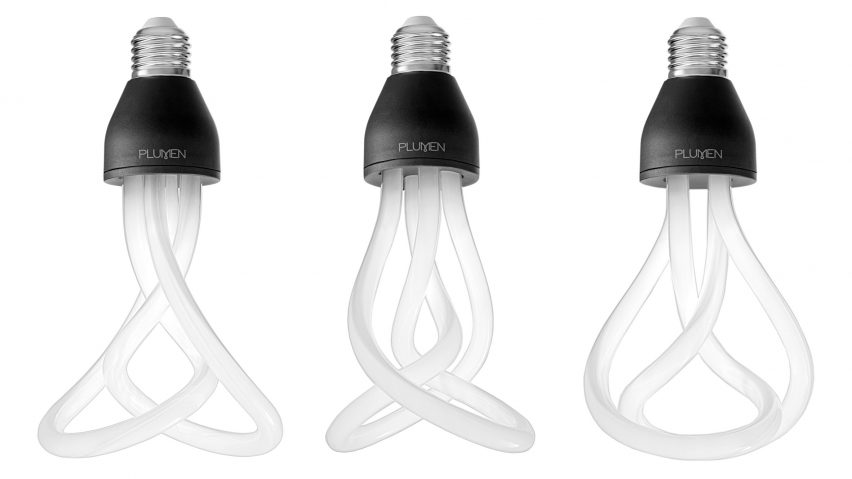
"We made consumers think differently about low-energy lighting" says Plumen founders as buyer sought
Lighting brand Plumen is to cease production of its award-winning light bulbs, and is looking for a buyer. Co-founders Nicolas Roope and Michael-George Hemus spoke to Dezeen about the brand's journey.
The move comes twelve years after the design-led brand first unveiled concepts for a new type of energy-saving lighting product on Dezeen, and nine years after its first product went on sale.
Since then the small London-based company has transformed the lighting industry and sold over a million products. Turnover is over £1 million per year.
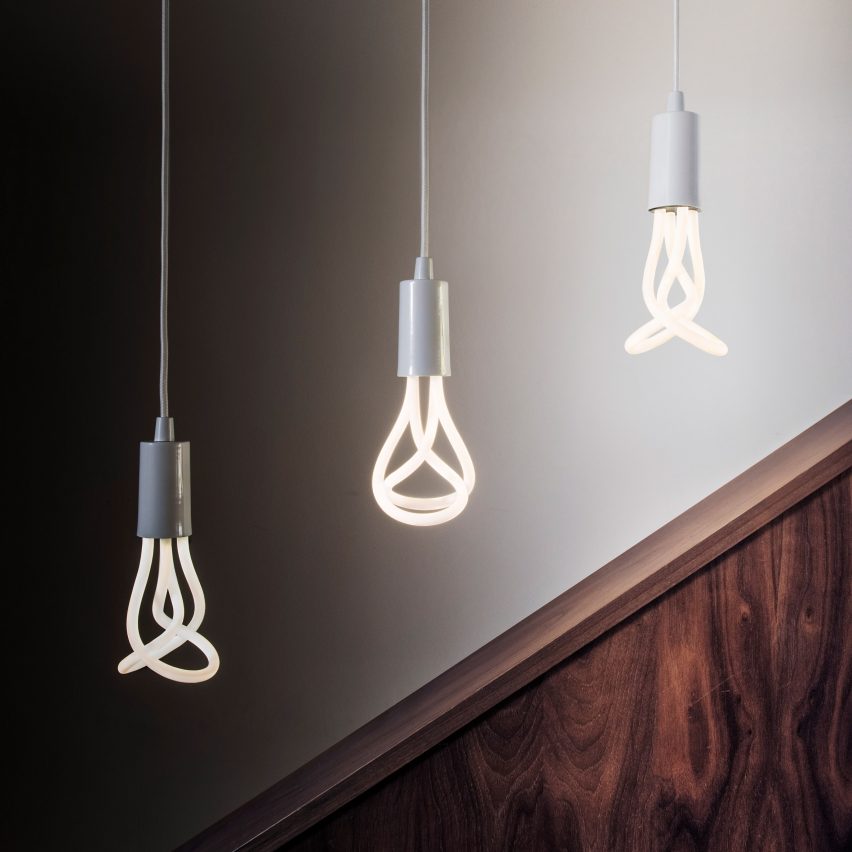
Its launch product, the Plumen 001, was the first compact fluorescent lamp (CFL) designed to be put on show rather than hidden away.
"The low-energy light bulb wasn't desirable, said Roope, an entrepreneur who is also a founder of digital agency Poke and initiator of web awards programme the Lovie Awards. "It was seen as a necessary evil, a compromise."
"The Plumen 001 changed that," he added. "Suddenly, people were talking positively about a compact fluorescent light bulb, it was winning awards and being proudly displayed rather than hidden away. It was a big shift which made the industry take notice."
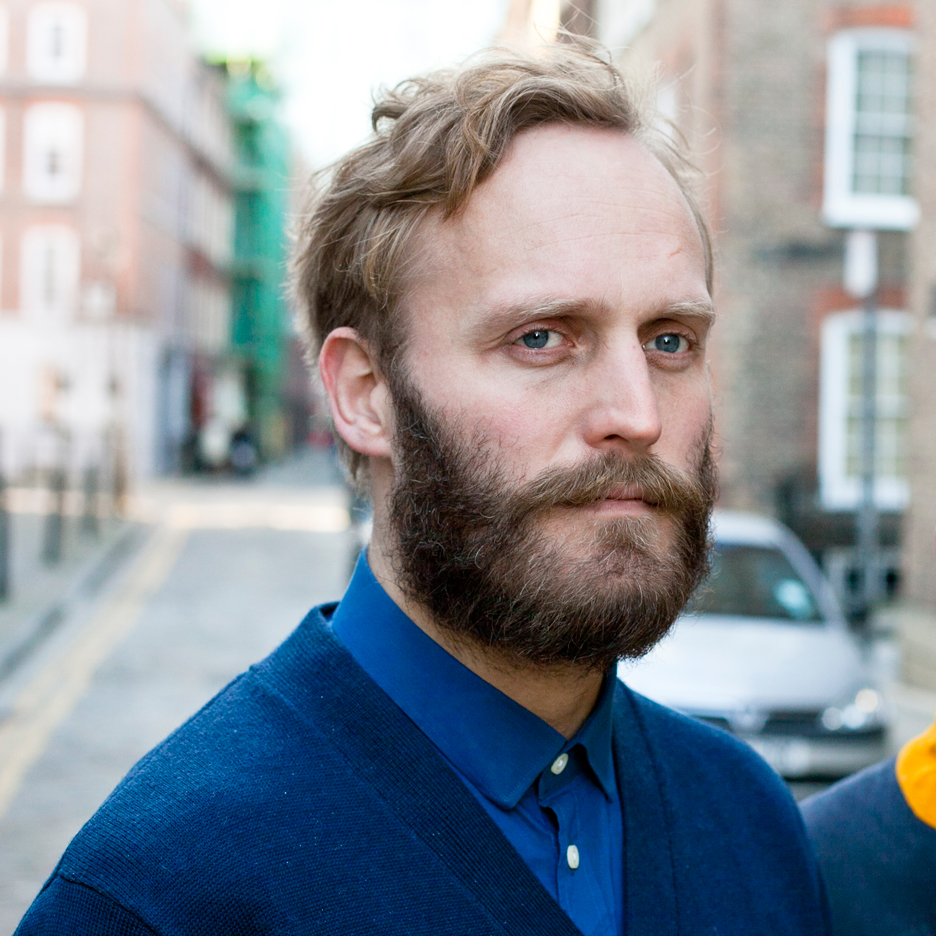
Designed by Samuel Wilkinson and initially manufactured under the brand name Hulger, the Plumen 001 was named Design of the Year in 2011. It was also added to the permanent collection at New York's Museum of Modern Art.
However CFL technology was soon to be superseded by LED, which has jumped from having just 10 per cent market share when Plumen launched to over 80 per cent today.
The brand subsequently moved into LED products and accessories such as shades, but production issues, competition from the lighting sector and the rise of "smart" lighting have led to Plumen's decision to seek a buyer that can take the brand forward.
Roope and Hemus, an entrepreneur and investor, spoke to Dezeen about the brand's legacy and what happens next.
Marcus Fairs: What would you say you achieved with Plumen? How did you change the industry?
Nicolas Roope: We created a new sector within the lighting industry: designer low energy bulbs. Prior to Plumen, there was no choice in low energy bulb design. The low-energy light bulb wasn't desirable. It was seen as a necessary evil, a compromise.
The Plumen 001 changed that. Suddenly, people were talking positively about a compact fluorescent light bulb, it was winning awards and being proudly displayed rather than hidden away. It was a big shift which made the industry take notice.
Our success drew other manufacturers into the space and today there is a huge range of design. Innovation is not just technology focussed, it crosses over into the product and the user experience. Many designs still take their cue from the Edison-style bulb (LED filaments allow manufacturers to replicate classic designs) but we see a lot of new innovation coming through. It's hopefully something Plumen can continue to inspire.
Michael-George Hemus: Perhaps more importantly, we made consumers think differently about low energy lighting and, hopefully, sustainability as a whole. When we launched, any changes we as consumers were being asked to make to save energy were always seen as a compromise to our lifestyles, whereas now more people are seeing it as an opportunity to raise the bar of product and experience beyond levels seen before. Electric cars for instance are outperforming their fossil-fuel-powered parents and their designs are becoming the most exciting too.
Marcus Fairs: What would you have done differently?
Nicolas Roope: A full answer would fill a book. Mistakes are teachers for entrepreneurs, so there are always things you would have done differently.
For Plumen, it's important to distinguish things that you could actually have changed versus the things that were simply down to timing and context.
It's easy to think that being the creators of a sector gave us a big advantage, but that's rarely the case for first movers and wasn't for us. Firstly, when we launched, we were working with CFL technology, which was unpopular and had serious technical and environmental limitations.
Michael-George Hemus: LED was on the horizon, but not commercially viable for what we were trying to do back in 2010. This meant that we had quality issues and the bulbs couldn't dim. These were big restrictions that kept us out of large sections of the market, which made it hard to scale.
At the time, light bulb manufacturers were only interested in high volumes and low prices, which meant low quality. Our minimum investment in stock of a new product was in the hundreds of thousands. It limited the number of designs we could launch, and each one had to succeed.
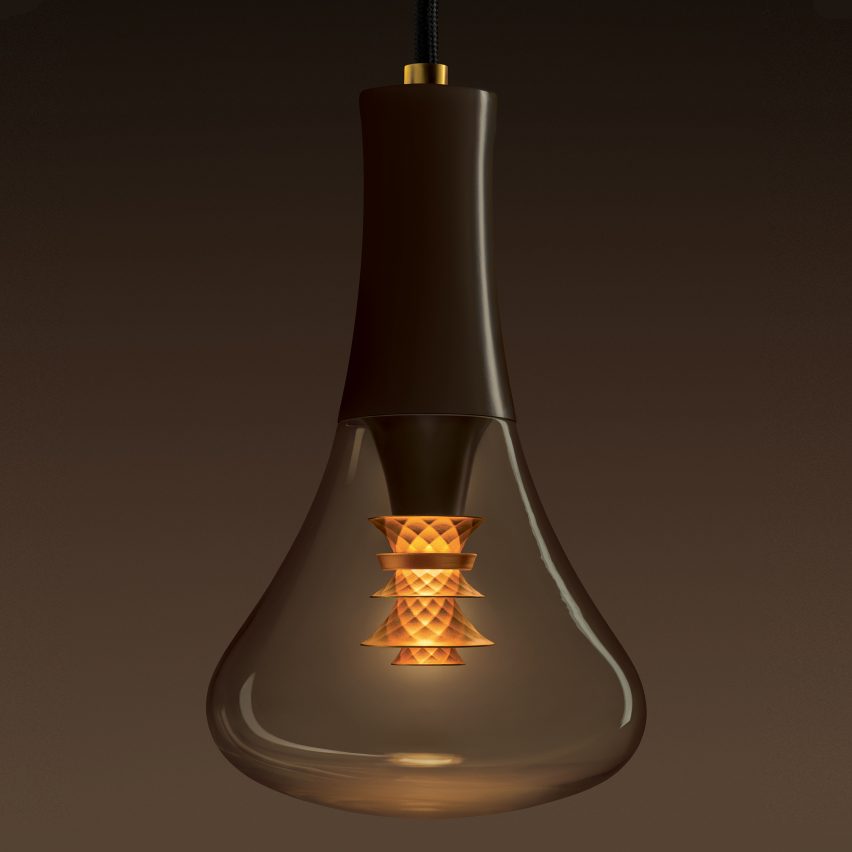
Just five years later, in 2015, the situation was completely different. LED technology was ready for market and at an accessible price. Boutique factories, geared to low volumes and high quality, had started to appear and minimum order quantities reduced by 90 per cent.
It meant that you could launch new products from high-quality factories using superior technology for a fraction of the price. New entrants took advantage of this while we were locked into supplier agreements that took years to extract ourselves from.
However, there were plenty of things we were in control of. Looking back, we should have stayed focussed on the truly unique designs we made our name with, we should have stuck to light bulbs rather than get into making shades and we ought to have focussed sooner on the lighting industry rather than the design industry. All easy in hindsight, but these decisions made sense at the time and there are always issues that cloud your judgement.
Nicolas Roope: We moved into more general lighting because we struggled to convince light shade manufacturers to design around our bulbs. We also saw our bulbs as ingredient products, made to work with shades and other accessories, whereas lighting manufacturers saw our products as competition. We tried to get round this by making our own shades and accessories, which was good for revenues but took our focus away from light bulbs.
The same thing applied with the rise of Edison-style LED filament bulbs. They became popular and our sales suffered. The natural thing was to sell them too, but it took away focus again and stretched our resources.
Marcus Fairs: Do you have any tips for designers who want to launch their own brands rather than designing for other brands?
Michael-George Hemus: The big difference would be how little designing you'll be able to do once you launch your own product brand. This is true when you start your own design agency, but is even more so when it comes to your own product company. Once a product is out in the market, it takes on a life of it's own and you have to adapt accordingly.
Having a team of people around you who can handle production, logistics, finance, marketing, staff, investors and everything else is essential. There is no escaping that the business will need you to do a lot more than design which, even for a design brand, will be one of the less essential parts of the business. Most likely, you'll end up hiring other designers who you'll direct because you simply won't have the time.
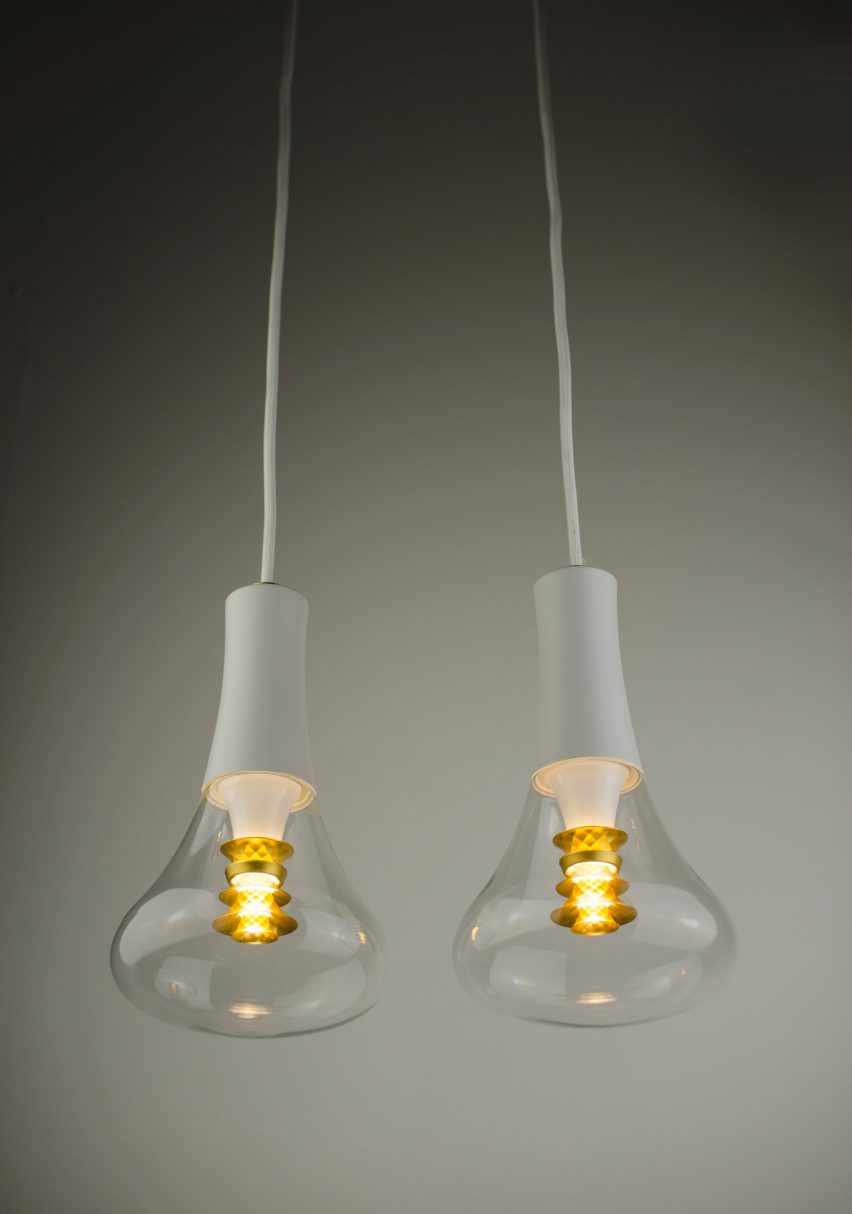
Nicolas Roope: Modern businesses have to be able to react fast, work efficiently, be strong in all areas and compete in a marketplace where competitors have often raised large sums of money and can afford to make losses for years. VC money has fundamentally changed the landscape. Excellent, beautifully designed products are no longer enough for a company to survive and you'll need to add a lot of strings to your bow.
That is not to say that you shouldn't go for it; far from it. If you're thinking about it, get experience in a similar early-stage business first, learn from the mistakes of others, network, find business partners and the foundations of your core team. Timing and luck are important, but people, organisation and application are more so.
Most importantly, do something you are passionate about, that you believe is important and make it about more than just money. On the shit days you'll still have your passion to drive you.
Marcus Fairs: Will you and Michael-George leave the brand when you find a new buyer?
Nicolas Roope: It depends on who the buyer is, and what their vision is for lighting and for Plumen. New research is constantly coming through to improve our understanding of the effect that light has on our behaviour as individuals and society as a whole. Technology is at a place where it can adapt and react to these discoveries and can put them into powerful effect.
When you combine this with the fact that the general public is becoming increasingly aware of the effect of light on their wellbeing, through Night Shift on the iPhone, or f.lux, it means that the conditions are there for a brand with the right vision and approach to make a real impact.
However, it remains to be seen what the future holds. Whether we each have a role or not is not yet clear.
Marcus Fairs: Will this mean the end of classic products like the Plumen 001?
Nicolas Roope: No, we don't believe so. We will still be manufacturing to order, which means some of the designs will be available through certain retailers and manufacturing partners. If we find a buyer, there is every chance that Plumen could return to selling directly.
There is still demand for the 001, sales of which have been growing since the launch of the LED version. Our other unique designs, the 002 and the 003, continue to be in demand, so our gut feeling is that they will continue in some way.
Michael-George Hemus: Plumen's current situation is not down to lack of demand for the products but more the difficulties of being a small, independent manufacturer in a volume market, where economies of scale are key. Innovation is expensive, especially as we try to move into smart lighting. Demand for our products is still strong, so we suspect that they will keep on going one way or another.
Marcus Fairs: If you're selling through the stock and looking for a buyer, how does that tally with the brand shifting to smart lighting?
Nicolas Roope: We're changing business model and cutting costs to remain viable, but that doesn't stop us having ambitions and a vision for where we would like to get to. We had hoped to realise that vision ourselves, through our own resources, but that's no longer possible. As a result, we're setting out that ambition publicly, presenting it to potential buyers and trying a different route to get there. It is almost like how we started: when we first announced the idea for Plumen in 2007, we had made a design out of neon and a Fairy Liquid bottle, took a few shots and sent out a press release. So it feels the natural thing to do
Marcus Fairs: Wouldn't the brand be more valuable to a buyer if you were still producing products?
Michael-George Hemus: We will still be making the products for the foreseeable future, but only to order for partners that order direct, like Made.com, and certain distributors.
But yes, in an ideal world we will still be making for our own warehouses. The simple truth is that we need more time to find a buyer, we need to get to a place beyond Brexit and the US trade wars (a question coming from interested US buyers) where people are more willing to invest and take risks. In order to do this, we've got to cut costs and build more runway, hence the decisions.
More importantly, the most valuable thing we are offering is our brand, experience and vision. None are affected by the changes.
Marcus Fairs: You say you're shifting to a "production to order" business model – what does that mean?
Michael-George Hemus: Currently, we manufacture for ourselves, that stock then goes to our warehouses to be sold in small quantities to web customers, retailers and commercial projects.
However, we also manufacture to order for certain distributors, customers like Made.com and Habitat Europe, as well as certain bespoke products for other brands, some of which are still to launch. They collect direct from our factories.
The new model means we will only do the latter, which involves less financial risk and not having hundreds of thousands tied up in stock in warehouses. It will mean less turnover, but if we make the transition successfully, more profit.
Nicolas Roope: At this exact moment, we have stopped manufacturing for ourselves, but we still have stock in warehouses which we will continue selling until it's depleted. So people better grab some classic Plumen product now!